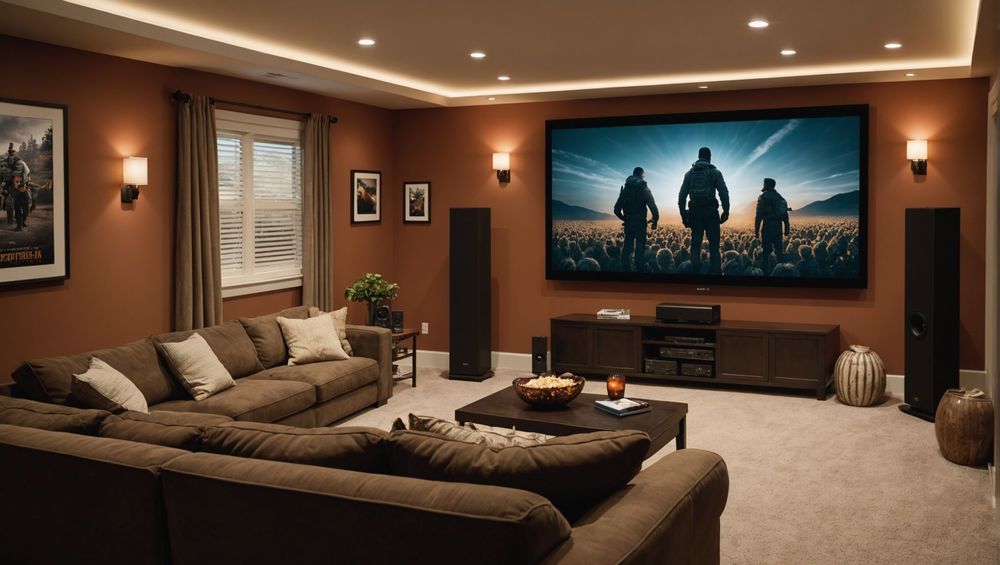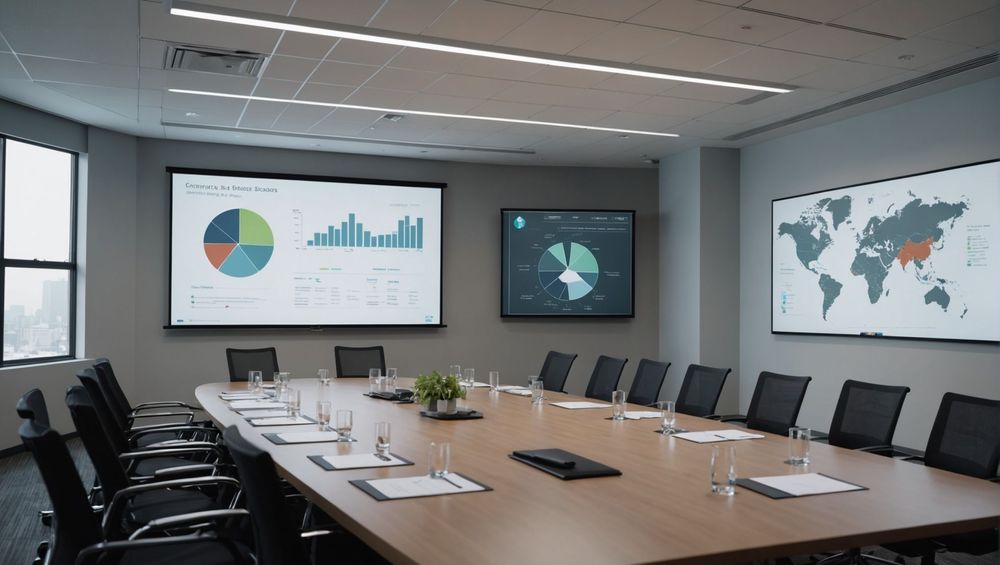Projectors are versatile devices that play a significant role in various environments, such as classrooms, boardrooms, and home theaters. They can be categorized based on their technology and applications. In this article, we will delve into the primary types of projectors, including LCD, DLP, LCoS, and others, exploring their unique features and ideal use cases.
1. LCD Projectors

Liquid Crystal Display (LCD) projectors are among the most common types on the market today. They use liquid crystals to modulate light and create images. The technology behind LCD projectors involves three main panels—one each for red, green, and blue colors—working simultaneously to project a full-color image. LCD projectors are known for their vibrant color reproduction, making them ideal for presentations and home viewing.
Some key features include:
- High color accuracy, providing pronounced and vivid colors.
- Good brightness levels suitable for well-lit environments.
- Generally lower maintenance costs due to longer lifespan of LCD panels.
However, LCD projectors may struggle with deep blacks and contrast ratios compared to other types, limiting their use in cinema settings where dark scenes are prevalent.
These projectors are commonly used in conference rooms, classrooms, and for multimedia presentations, making them a robust choice for day-to-day business needs. Innovations in LCD technology have continually improved their performance, making them a reliable solution for many applications.
2. DLP Projectors

DLP, or Digital Light Processing, projectors utilize a digital micromirror device (DMD) chip to create images. Each DMD chip contains thousands of tiny mirrors that tilt to reflect light toward the lens or away from it, generating the picture. DLP projectors often provide sharper images and enhanced contrast ratios, making them suitable for a wide range of applications.
The prominent features of DLP projectors are as follows:
- Higher contrast ratios, producing deeper blacks and more vibrant whites.
- Less maintenance due to sealed optics, minimizing dust contamination.
- Compact design, making them portable and easier to transport.
While they deliver impressive image quality, DLP projectors can sometimes exhibit a “rainbow effect” due to their color wheel. However, advancements in this technology have significantly reduced these occurrences. DLP projectors are widely used in home theaters, gaming, and business presentations due to their reliability and quality.
3. LCoS Projectors
Liquid Crystal on Silicon (LCoS) projectors represent another technological method, combining the best features of both LCD and DLP projectors. This technology uses liquid crystals aligned over a reflective surface, allowing for remarkable image quality and color accuracy. LCoS projectors are usually less common, yet they provide exceptional resolution and contrast, making them an excellent choice for detailed images and video content.
Some notable features include:
- Outstanding color fidelity, making them suitable for art and design applications.
- Enhanced resolution options, often supporting 4K output.
- High-quality optics that reduce artifacts and enhance image clarity.
LCoS projectors may come at a higher price point, often used in specialized settings such as homes for cinephiles or professional settings like exhibitions. Their ability to produce stunning visuals makes them a preferred choice for applications requiring high-quality image output.
4. LED Projectors
LED projectors are increasingly popular due to their energy efficiency and compact size. These projectors utilize light-emitting diodes to produce brightness rather than traditional lamps. As a result, they typically offer longer lifespans and reduced maintenance costs. LED projectors emit less heat compared to lamp-based projectors, resulting in quieter operation.
Key characteristics of LED projectors include:
- Lower energy consumption, making them eco-friendly.
- Compact design, enhancing portability for users.
- Instant on/off capabilities, eliminating warm-up time.
While LED projectors may not provide the same brightness levels as some of their counterparts, their longevity and convenience make them ideal for casual uses like home movie nights or impromptu presentations. As technology advances, LED projectors are becoming more prevalent in both consumer and professional markets.
5. Mini Projectors
Mini projectors, or pico projectors, have revolutionized the way we think about portability in projection technology. These compact devices are designed for ease of transport and are typically less powerful than standard projectors. They often utilize LED technology, making them lightweight and convenient for mobile use.
Essential features of mini projectors include:
- Portability—easily fits in a bag, allowing for on-the-go presentations.
- Simplicity of use—often equipped with built-in speakers and battery life for convenience.
- Affordability—generally more affordable, catering to a wider audience.
Mini projectors are perfect for casual movie viewing, travel presentations, or outdoor events. While they may lack the brightness and resolution of larger models, their portability provides unique opportunities for users on the move.
Conclusion
Understanding the different types of projectors based on technology and application is crucial in selecting the right device for your needs. Each projector type offers a unique set of features, catering to various use cases from business presentations to home theaters. LCD, DLP, LCoS, LED, and mini projectors each have distinctive advantages, enabling users to achieve the desired results depending on their specific requirements. Evaluate your needs, space, and budget when choosing a projector, as this will help maximize the benefits and effectiveness of the technology.
FAQs
1. What type of projector is best for home theaters?
DLP and LCoS projectors are generally recommended for home theaters due to their higher contrast ratios and better color reproduction.
2. Are LED projectors bright enough for large presentations?
LED projectors can deliver sufficient brightness for small to mid-sized rooms but may not be ideal for very large presentations, where higher brightness models (LCD or DLP) are preferred.
3. Can mini projectors provide high-quality images?
While mini projectors can produce decent image quality, they typically lack the brightness and resolution of standard projectors, making them better suited for casual viewing.
4. Do projectors require a lot of maintenance?
Maintenance varies: DLP projectors tend to require less upkeep than LCD projectors due to their sealed systems. LED projectors generally require minimal maintenance due to their long lifespan.
5. What is the lifespan of a projector lamp?
Traditional projector lamps can last between 2,000 to 5,000 hours, while LED and LCoS projectors often can last significantly longer, sometimes exceeding 20,000 hours.





